On Saturday 22 October my friend Marie-Claude led an outing to look at lichens at the dolmen (prehistoric standing stone) known as La Pierre Percée near Draché.
 |
| Magpie Inkcap Coprinopsis picacea (Fr. Coprin pie). Eating this species will give you an upset stomach. It occurs all over Europe, and in parts of Australia. |
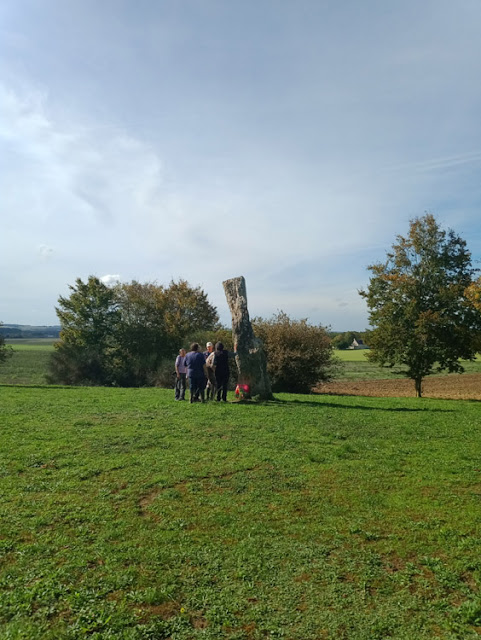 |
| Looking at the Pierre Percée dolmen. |
 |
| Looking at the lichens on a Pubescent Oak Quercus pubescens (Fr. chêne pubescent). These are my friends Corinne, Marie-Claude and Danielle. |
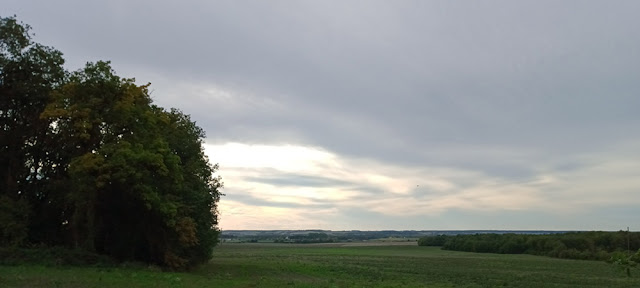 |
| View of the Vienne Valley from La Pierre Percée. |
 |
| The dog-tooth lichen Peltigera rufescens, which grows on the ground. It was found by me, so I was especially pleased to learn that it is a new record for the site. |
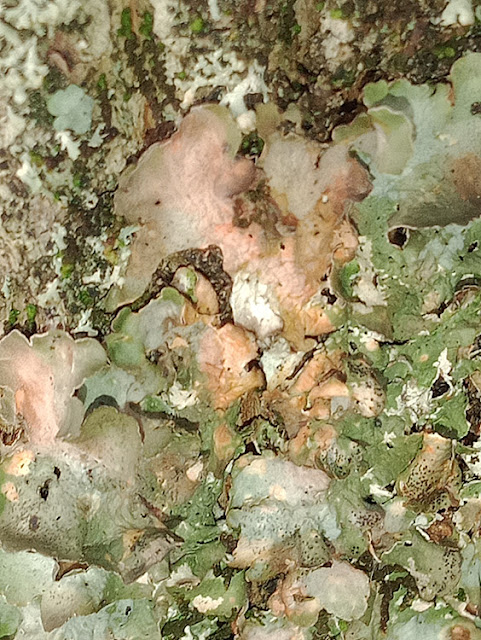 |
| The red on this foliose lichen indicates it has a disease. |
 |
| Sporodophoron cretaceum, which is always found on oak and looks like snow. It stains yellow when brushed with potassium. |
 |
| Physcia clementei on a sycamore trunk. |
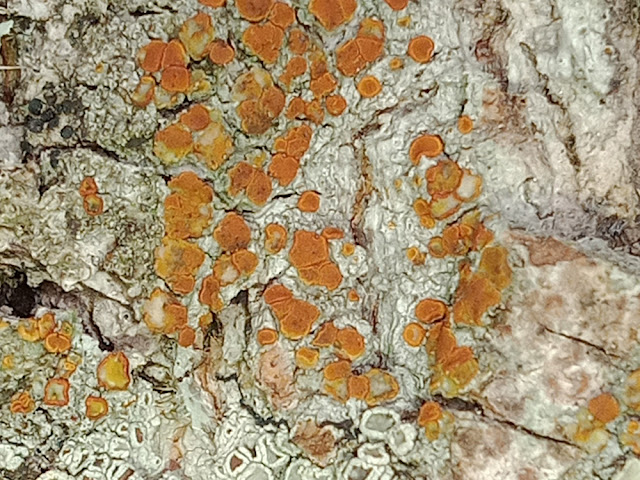 |
| Rusty Firedot Lichen Blastenia ferruginea on a sycamore trunk. |
 |
| Hammered Shield Lichen Parmelia sulcata on a sycamore trunk. This is a globally abundant species, tolerating high levels of pollution. |

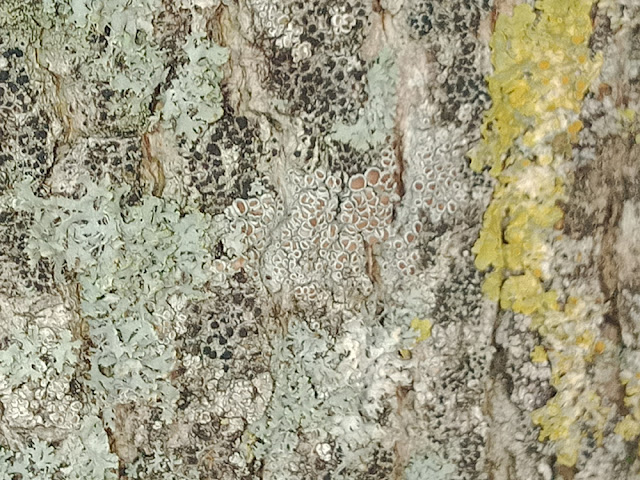
No comments:
Post a Comment